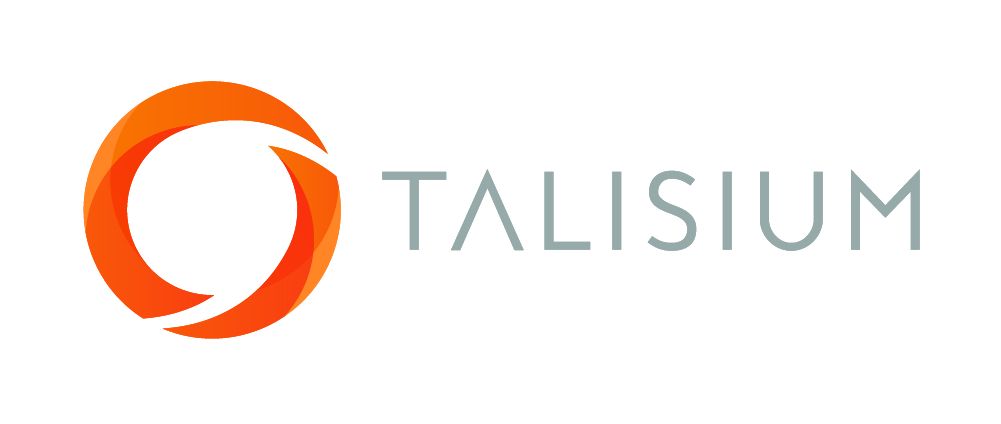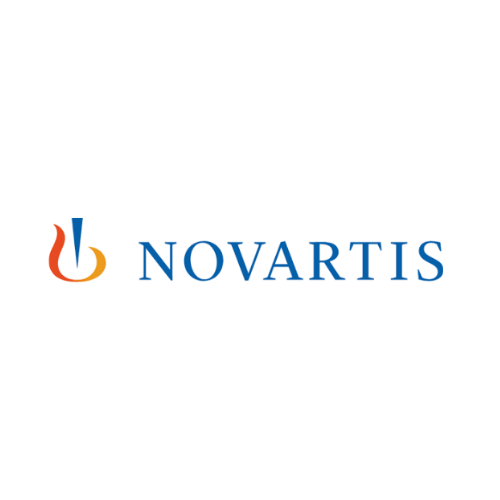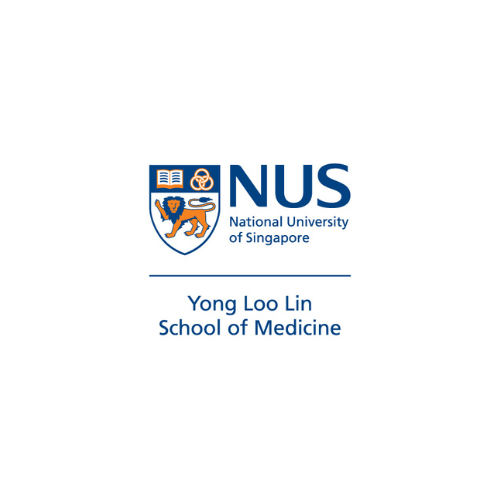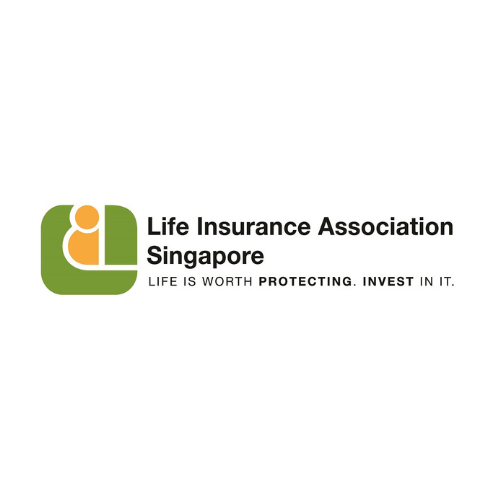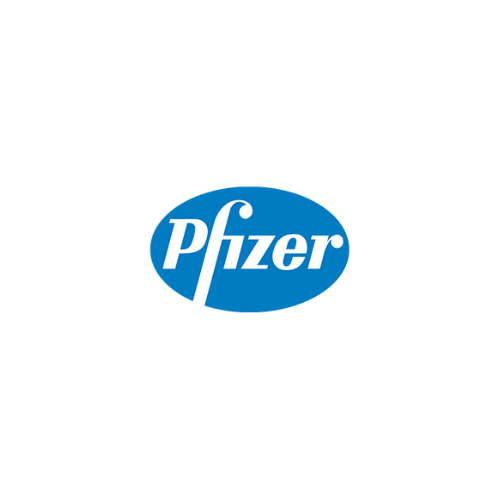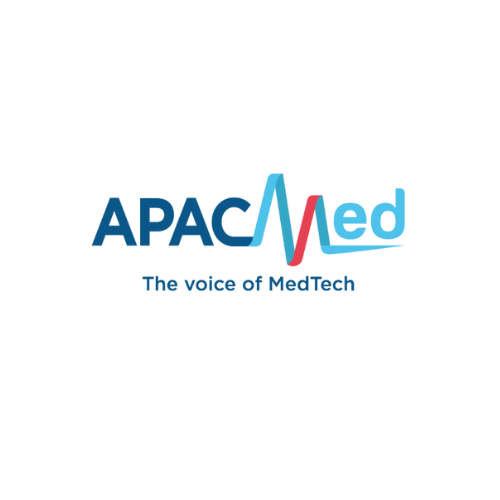The most flexible
partnership solution
for scalable online learning
Write your awesome label here.
Join these leading organisations in using Talisium
Talisium brings everything you need, in a single solution
We help you build a smarter organisation with life-long learners
Write your awesome label here.
Engage your learners
Engage learners using a variety of learning activities - video, eBooks, audio, SCORMs, quizzes, self-reflections, exams, certifications, and many more!
Deliver the ideal training program
Make decisions based on real-time data
A single partner for ALL your online learning needs
Write your awesome label here.
With capacity building being one of our key priorities as a regional association, our vision is to enhance competencies of members through continuous up skilling to build future ready leaders in the MedTech space. In this journey we found a great partner in ‘Talisium’ who helped realise our vision by developing the APACMed e-Learning Hub. The team at Talisium, patiently listened to our needs and perfectly decoded our vision to develop such an online resource. Their commitment to `meet timelines, flexibility in accommodating our requests and working in the spirit of true partnership make them stand out. We look forward to continue this association and achieving many more milestones in this journey with Talisium.
Anirudh Sen
Director, Regulatory Affairs APAC
Country Lead – India
Asia Pacific Medical Technology Association (APACMed)
Let's discuss how Talisium can make you a leader in online education
Write your awesome label here.
